By Mohamed Maher – 2 minutes read Equity markets fell on Monday morning on the fears of China Evergrande Group (EGRNF) bankruptcy, Evergrande is a Chinese real estate giant and the world’s most indebted property developer. Investors, fearing the contagion similar to the one engulfed the global economy during the 2008 housing crisis, offloaded risk
By Mohamed Maher – 2 minutes read
Equity markets fell on Monday morning on the fears of China Evergrande Group (EGRNF) bankruptcy, Evergrande is a Chinese real estate giant and the world’s most indebted property developer. Investors, fearing the contagion similar to the one engulfed the global economy during the 2008 housing crisis, offloaded risk and sold their holdings across the board.
The Dow Jones industrial Average (DJIA) lost 500 points, in its deepest drop since July. Same hit London’s FTSE 100, which registered a sharp drop, falling below 7,000 for the first time since July. The Stoxx Europe 600 Index was down by 2.1%, and Hong Kong’s Hang Seng Index fell by 4%.
Investor worries are focused on the fate of Chinese property developer China Evergrande. The Guangzhou-based company is one of the biggest real estate companies in China. Much of its growth was financed with a debt binge. For example, it borrowed from banks and financial institutions and sold bonds with double-digit interest rates to international investors. It also issued commercial paper to contractors and building material suppliers as payment.
According to reports, China Evergrande owes approximately $300 billion—roughly 6% of the total debt for China’s property sector—to creditors, investors, and other stakeholders. $89 billion is in loans and bonds, and $120 million is due in interest payments from two bonds this week.
A report in The Wall Street Journal about the company details innovative methods that Evergrande is using to pay off creditors. For example, it has paid off a supplier that was owed $34 million in bills with three unfinished properties. Evergrande itself has warned investors of a default. Its stock price has crashed by 87% from the start of the year to $2.28.


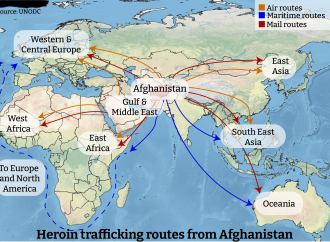




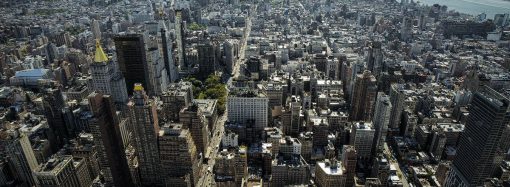

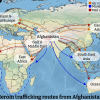

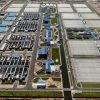
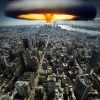



Leave a Comment
Your email address will not be published. Required fields are marked with *